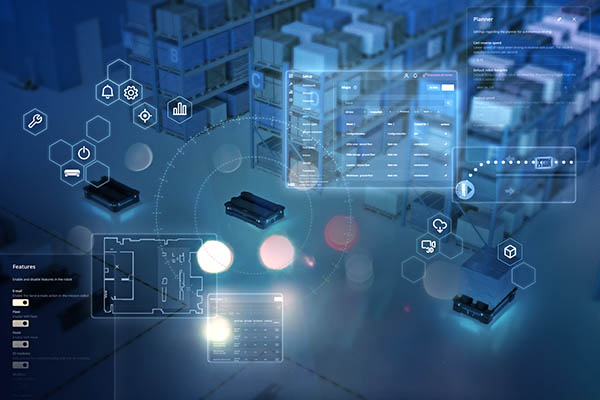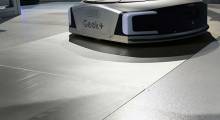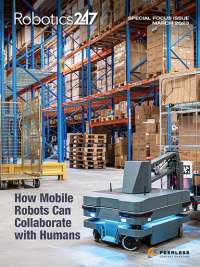Mobile Industrial Robots ApS, or MiR, today introduced a new version of its software designed to improve the planning and navigation capabilities of its mobile robots.
The software is available today for both individual autonomous mobile robots (AMRs) and entire fleets. The Odense, Denmark-based company said the user interface was designed to help customers plan and re-plan navigation on the fly around obstacles with optimized reactions to anything moving nearby, such as other robots, forklifts, or human workers.
With the new software, robots will also now have an easier time switching between different floors or production halls in a large facility, according to MiR. It added that it designed the user interface (UI) to be used by employees of all skill levels. It can be accessed on a desktop computer, smartphone, or tablet.
New software helps increase AMR ROI
Being able to navigate efficiently while avoiding bottlenecks is vital for maintaining mobile robot performance and return on investment (ROI), and these new functionalities ensure optimum throughput for MiR robots, the company said.
“Our experiences with hundreds of customers over the years has made it clear not only that software is key to automation, but also which new features provide the greatest overall experience,” stated Søren E. Nielsen, president of MiR. “This new software stack lays a powerful foundation for optimizing the use of our AMRs now and into the future as we adapt to dynamic environments and technology advancements.”
Nielsen added that Mir wants “to empower companies to get started with automation in a simple way.”
“It takes less than an hour to set up simple tasks for a robot via our new interface, he said. “For more complex tasks that might require advanced features and settings, the UI still enables employees to easily and efficiently operate the robots.”
“When combined with the added efficiency of the robots, users quickly realize a low total cost of ownership of our AMRs,” said Nielsen.
MiR added that its new software also includes security enhancements in line with IEC 62443 standard. Those updates include being up to date on the latest version of the Robot Operating System (ROS), software code signing, and extended robot authentication.
Article topics
Email Sign Up




















